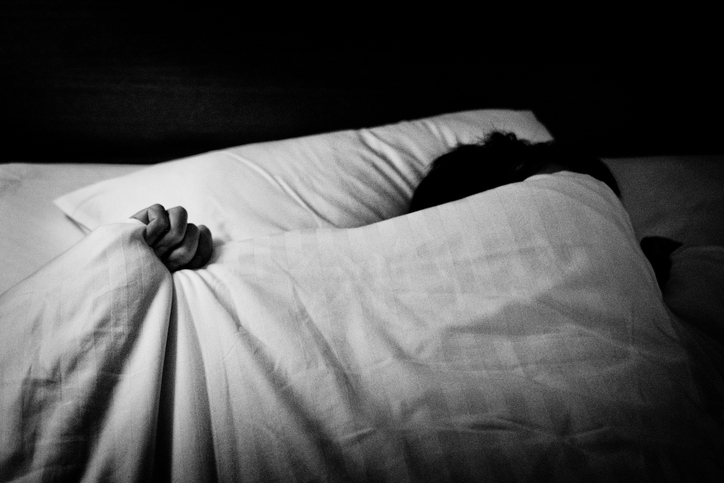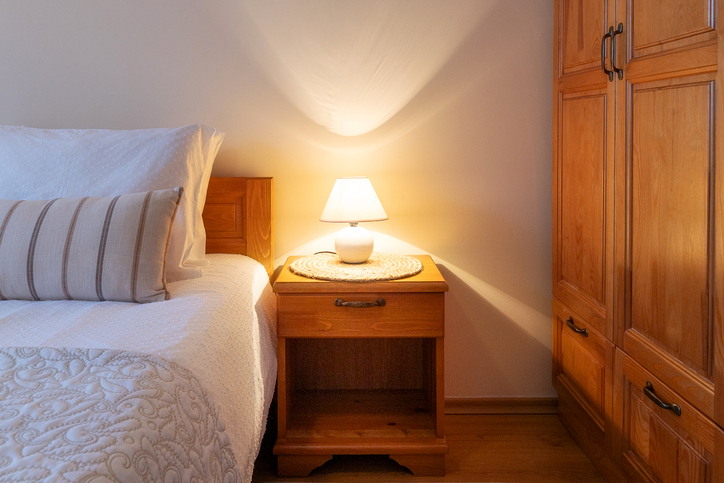1. Shift Your Sleep Schedule Gradually
 Source:Getty
Source:Getty
One of the best ways to ease into the time change is by adjusting your sleep schedule before the clocks change. A few days before daylight saving time, try going to bed and waking up 15 minutes earlier each day. This gradual shift can help your body adjust without too much shock when the time change happens.
2. Get Exposure to Morning Light
 Source:Getty
Source:Getty
Sunlight is a powerful tool in resetting your body’s internal clock. Make it a point to spend time outdoors in the morning to help signal to your body that it’s time to wake up. Exposure to natural light first thing can help you adjust more quickly to the new schedule.
3. Stay Active Throughout the Day
 Source:Getty
Source:Getty
Getting some physical activity during the day can help your body stay energized, making it easier to adjust to the new routine. Whether it’s a morning jog, a workout, or a walk after work, regular exercise can help balance your energy levels and make falling asleep at night easier.
4. Cut Back on Caffeine
 Source:Getty
Source:Getty
While caffeine can give you a quick boost, drinking it late in the day can disrupt your sleep. Since you’ll already be adjusting to a new sleep schedule, avoid caffeine after 2 p.m. to ensure you’re able to fall asleep at a reasonable time.
5. Give Yourself Time
 Source:Getty
Source:Getty
Adjusting to daylight saving time doesn’t happen overnight. Be patient with your body and allow a few days for it to get used to the time change. It may take up to a week to feel fully adjusted, so don’t worry if you don’t feel immediately energized the first few days.
By following these tips, you can minimize the effects of daylight saving time and get back to feeling your best in no time. Remember, it’s all about consistency and allowing your body the time it needs to adjust.
6. Hydrate Well
 Source:Getty
Source:Getty
Dehydration can make fatigue worse, so drink plenty of water.
7. Use a Sleep Mask
 Source:Getty
Source:Getty
A sleep mask can block out light if you’re waking up earlier than usual.
8. Eat Balanced Meals
 Source:Getty
Source:Getty
Eating nutritious meals helps keep your energy levels steady.
9. Create a Relaxing Bedtime Routine
 Source:Getty
Source:Getty
Wind down with a relaxing activity, like reading or meditating, to signal your body it’s time to sleep.
10. Limit Screen Time Before Bed:
 Source:Getty
Source:Getty
The blue light from screens can interfere with your ability to fall asleep, so try to avoid devices an hour before bed.














